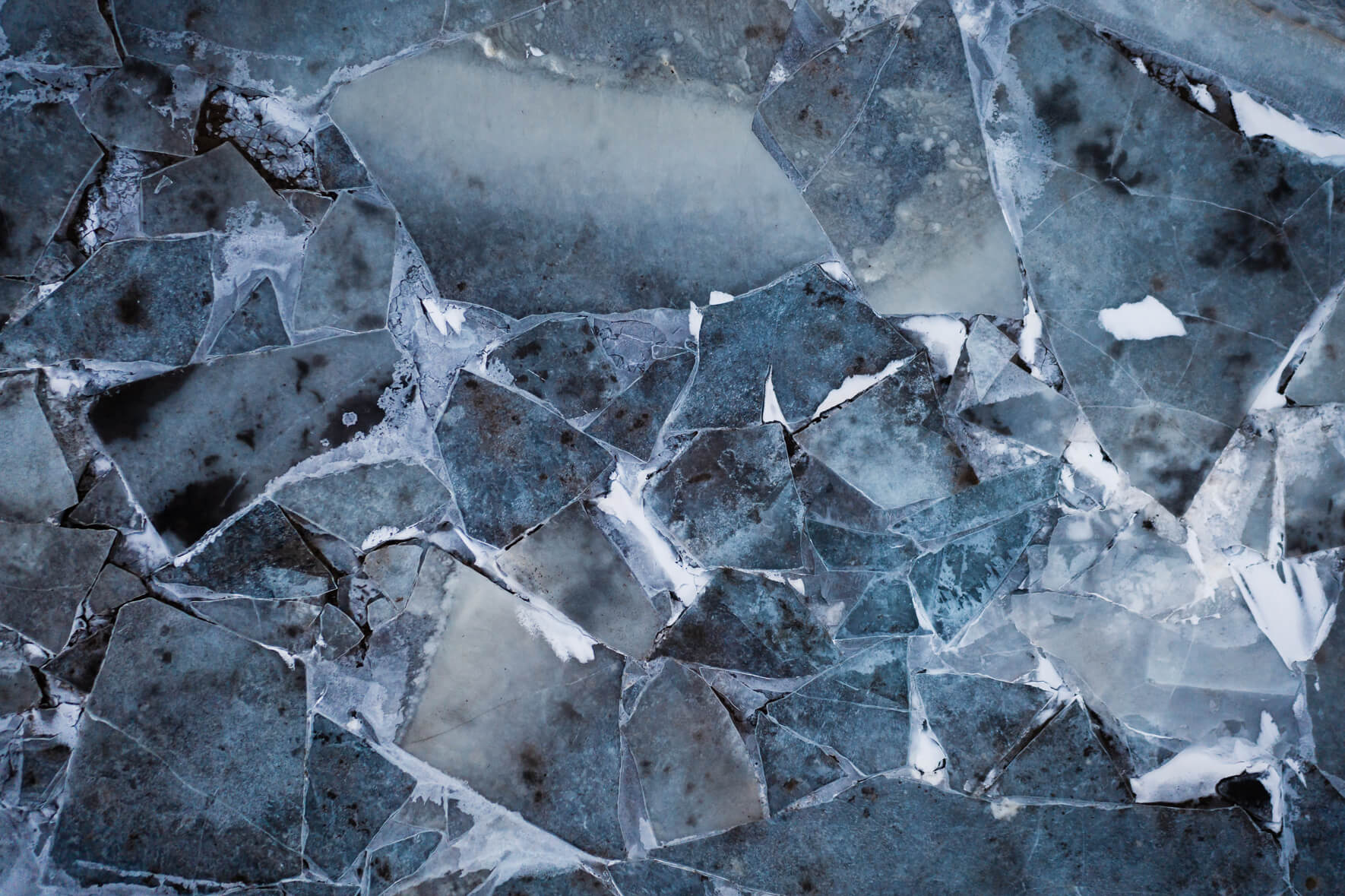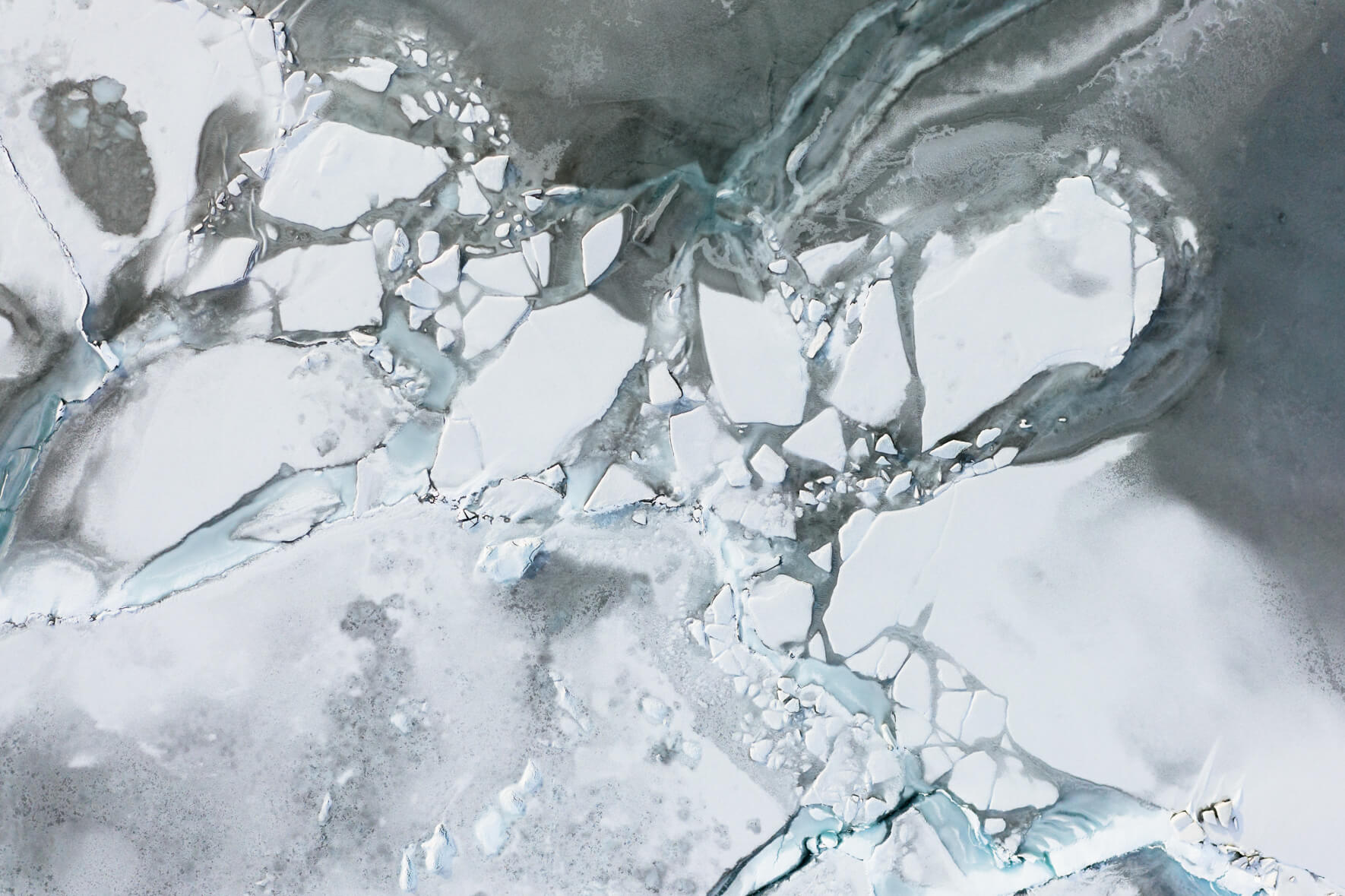Textures of Winter
South Iceland


















Textures of Winter
Chapter 1: "The Puzzle" (Photos 1-6)
The ice in Icelandic rivers can have varying colors, from black to blue to brown, due to the presence of volcanic ash, sediment, and minerals. The materials come from nearby volcanoes and rivers that carry them into the ice, creating unique patterns and colors. The presence of volcanic ash in particular is a significant factor, as Iceland has numerous active and dormant volcanoes that can release ash and other volcanic materials into the atmosphere, which can then settle on nearby glaciers and ice caps.
Chapter 2: "The Maze" (Photos 7-12)
Ice crystals are formed when water molecules bond together in a specific pattern during the freezing process. As water temperature drops, the molecules move more slowly and begin to bond together to form a solid structure. This creates a lattice structure of ice crystals, which grow in size and complexity as more water molecules freeze. The shape and size of the ice crystals depend on various factors such as temperature, humidity, and other environmental conditions.
Chapter 3: "The Glacial Lake" (Photos 13-18)
Cracks form in frozen lakes due to the expansion and contraction of the ice as a result of temperature changes, wind, and other external factors. When the temperature drops, the ice contracts and may cause existing cracks to widen or new ones to form. Similarly, when the temperature rises, the ice expands and may create pressure that causes cracks to form. Wind can also create pressure on the ice, causing it to crack and shift.
Fine Art Prints / Licensing
All photos from this series are available for licensing and as gallery-quality fine art prints:
Jan Erik Waider
mail@northlandscapes.com
Image Library by Northlandscapes
Explore my library of over 3,000 images and videos, available for commercial and editorial licensing.
Discover more

